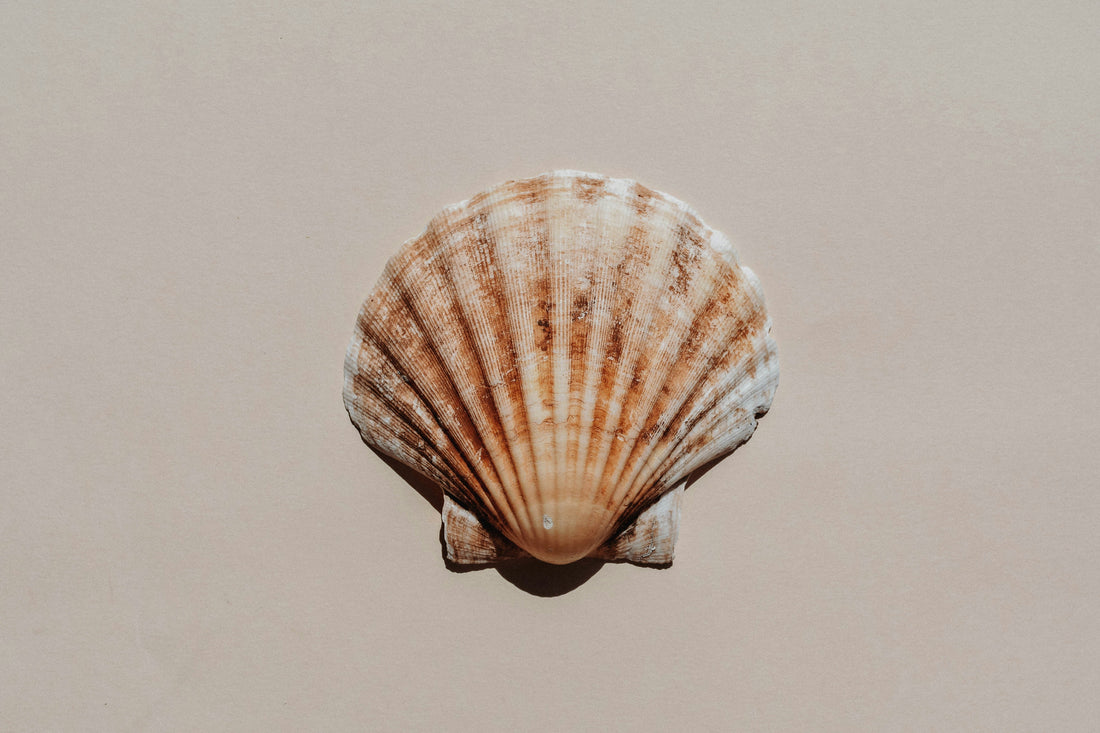Turning Seashells into Solutions: USC’s Breakthrough in Ocean-Safe Plastics
Pelagic ProblemsPlastic pollution is a continuing, pressing environmental issue, and UNESCO reports that plastic waste constitutes 80% of all marine pollution, amounting to 8–10 million metric tons entering our oceans annually. In response, researchers at the USC Viterbi School of Engineering have developed an innovative, biodegradable plastic alternative derived from minerals found in seashells .
Led by Dr. Eun Ji Chung, the research team combined calcium carbonate, a mineral that is abundant in seashells with an FDA-approved biodegradable polymer used in orthopedic devices: poly (1,8-octanediol-co-citrate) (POC). The resulting material, termed POC-CC, exhibits plastic-like properties while being safe for marine life.
The development was inspired by Dr. Chung's observations during the COVID-19 pandemic, where the surge in single-use plastics highlighted the need for sustainable alternatives. Drawing from her background in biomaterials, she adapted previous research on biodegradable polymers to create this new material.
This newly engineered POC-CC material was then tested in simulated seawater over six months. The results showed that there was higher concentrations of POC led to increased polymer degradation rates, and the addition of calcium carbonate helped maintain the ocean water's pH. Importantly, the material did not harm marine microorganisms, as evidenced by high cell viability in green algae exposed to POC-CC. The team successfully created prototype soda can rings from POC-CC, demonstrating its potential to replace traditional plastic in single-use items.
This breakthrough offers a promising solution to reduce plastic pollution in marine environments. By utilizing materials already present in nature, POC-CC provides a sustainable alternative that aligns with ecological systems.
The research team is now working on developing a second-generation version of the material with an accelerated polymer degradation rate to support commercial scalability.
The development of POC-CC represents a significant advancement in creating materials that are both functional and environmentally friendly. By harnessing the natural properties of seashells, USC researchers have paved the way for innovative solutions to combat plastic pollution.
Citations:
-
USC Viterbi School of Engineering. (2025, April). USC Researchers Develop Plastic Substitute from Mineral Found in Seashells. Retrieved from https://viterbischool.usc.edu/news/2025/04/usc-researchers-develop-plastic-substitute-from-mineral-found-in-seashells
-
MaterialDistrict. (2025, April 17). Seashell-Inspired Bioplastic: USC Researchers Create Sustainable Plastic Alternative. Retrieved from https://materialdistrict.com/article/seashell-inspired-bioplastic-usc-researchers-create-sustainable-plastic-alternative
-
UNESCO. (n.d.). Plastic Pollution. Retrieved from https://www.unesco.org/en/plastic-pollution

